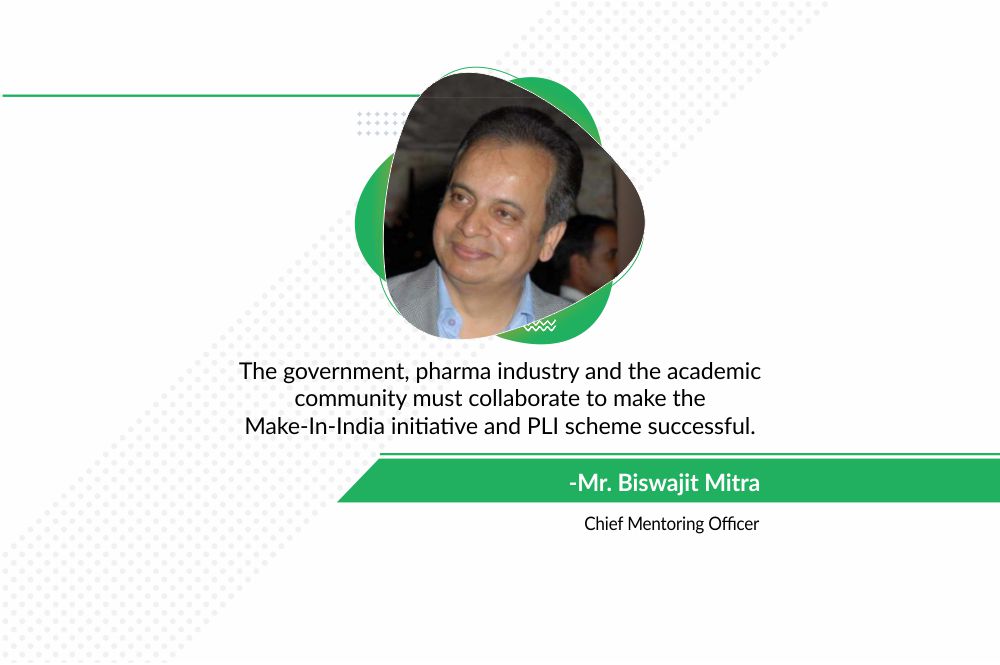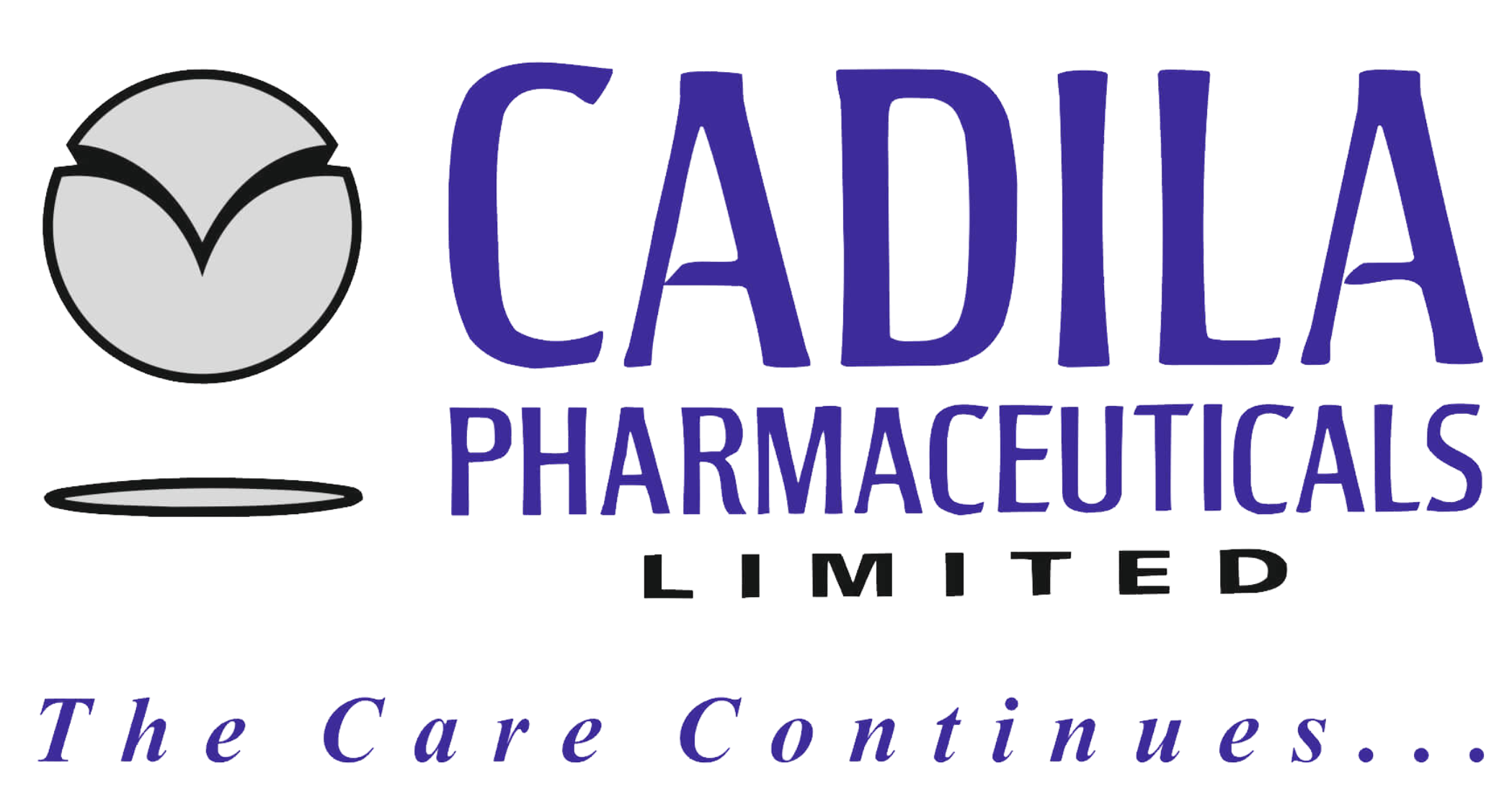- Home
- Innovation Opportunities for Active Pharmaceutical Ingredients (API) manufacturing in the Indian Pharmaceutical Industry


Opportunities for Active Pharmaceutical Ingredients (API) manufacturing in the Indian Pharmaceutical Industry
22nd Sep, 2020
The Government of India has introduced Rs 6,940-crore Production Linked Incentive (PLI) scheme to boost domestic drug manufacturing. The policy is aimed at reducing the dependence on imports through promotion of domestic manufacturing of critical Key Starting Materials (KSMs) / Drug Intermediates and Active Pharmaceutical Ingredients (APIs) In India. The government also included two other incentive schemes aimed at boosting domestic API manufacturing and establishing bulk drug parks. Mr. Biswajit Mitra, Chief Mentoring Officer, Cadila Pharmaceuticals talks about the effect of the PLI scheme, API manufacturing in India and the future of the Indian Active Pharmaceutical Ingredients (API) industry.
“It is often said that the Indian pharma industry is a global asset. However to achieve this, we need more than the current PLI scheme. Although the PLI scheme would give a big boost to the Indian Pharma Industry, it should be optimized with greater focus on technological advancements, newer initiatives, tie-ups and support from the government.”
Overview of the Global Pharmaceutical Industry
“The global pharmaceutical industry amounts to $1250 billion, leading to a huge amount of opportunities.
The US market alone, comprise of 48% of this market with $600 billion. China and India each stand at $190 Billion and $53 Billion respectively. China fares better in the market since it exports a large amount of its drugs.
Although, India is currently the largest generic drug provider in the world and is fulfilling 20% of the global demand, India should aim higher and actively work towards participating in the world trade at a bigger scale.
If we see the percentage of Active Pharmaceutical Ingredients units approved by USFDA, US leads with 28% approval rating followed by Europe at 26% and India and China at 18% and 13% respectively. It is a good time for India to focus our resources and energy and build the API manufacturing and export capabilities.”
Indian Pharmaceutical Market
“India pharmaceutical market’s share of formulation and bulk drug is $40 billion and $13 billion respectively. However, this distribution is skewed since much of it accounts for domestic. The current Indian pharmaceutical ecosystem is unbalanced and lacks any backward integration. Today, most of the raw materials and bulk drugs imported by countries are from China, Singapore, Italy and the USA.
We need to understand what is more important for us. The PLI system is talking about manufacturing more APIs for domestic requirements. However, exports should play an equal role. With a bigger facility, there can be a scaling up of operation and India will emerge as a better cost effective API producer in the world. After all respected Prime minister himself recently shared the vision- Make in India, for the world.”
Opportunities for Indian Active Pharmaceutical Ingredients Manufacturers
“There are several parameters which affect the operations in a pharmaceutical industry, the major ones being: availability and cost of raw materials, technology and conversion efficiency, maintenance, man power, infrastructure, cost of capital, and logistics amongst others. India needs to optimize the cost of all these parameters. India needs to work towards bringing down the costs by 20%-25 for sustainability and making a mark in Global market.
The other advantage that India needs to gain is that of the cost of raw materials from the petrochemical industry. We have to work on bringing down the costs of raw materials in India by bringing in an adequate number of petrochemical companies. We have the largest Pyridine manufacturing plant in North India, however we are only utilizing it at 35% capacity. Companies prefer to buy from other sources since they get significant cost advantage. India should also think about how to become more self-reliant in terms of basic raw materials.
One other initiative that the Indian government needs to implement to integrate our academics with the industry and capitalize on the same. The government, pharma industry and the academic community must collaborate to make the Make-in-India initiatives and PLI scheme successful. This collaborative model is already being adopted by various countries. Cadila Pharmaceuticals is actually working towards this aim by collaborating with Indrashil University where the API projects of Cadila are further developed as PHD Thesis and patents by the University scholars. At the same time, the university students get an opportunity to apply their theoretical knowledge in the Industry setup. The same model can be replicated essentially to bridge the industry-academia gap.
Array ( )
To give you the best possible experience every time you visit our site, we use cookies to identify and store your preferences on your browser. Continuing to browse our site means that you are "ok" with this. Learn more about our privacy policy.
Okay

